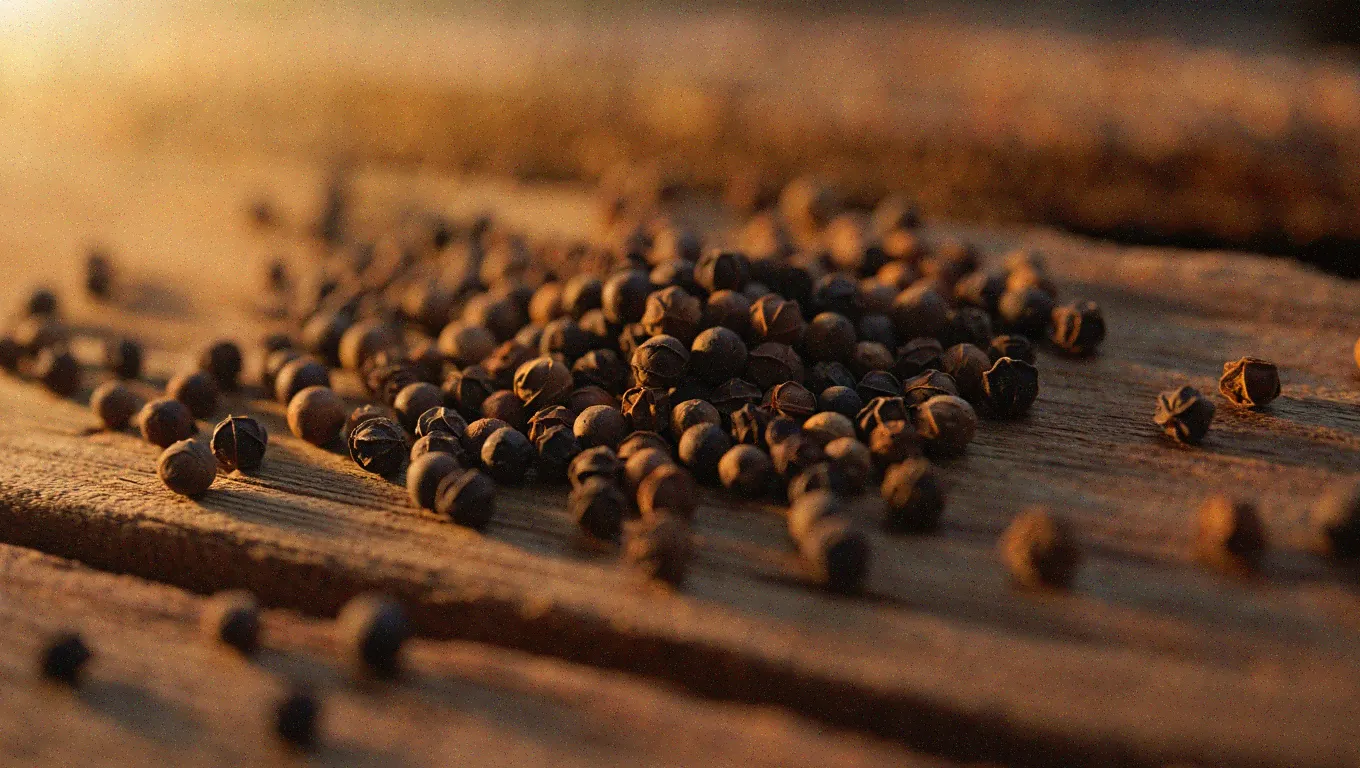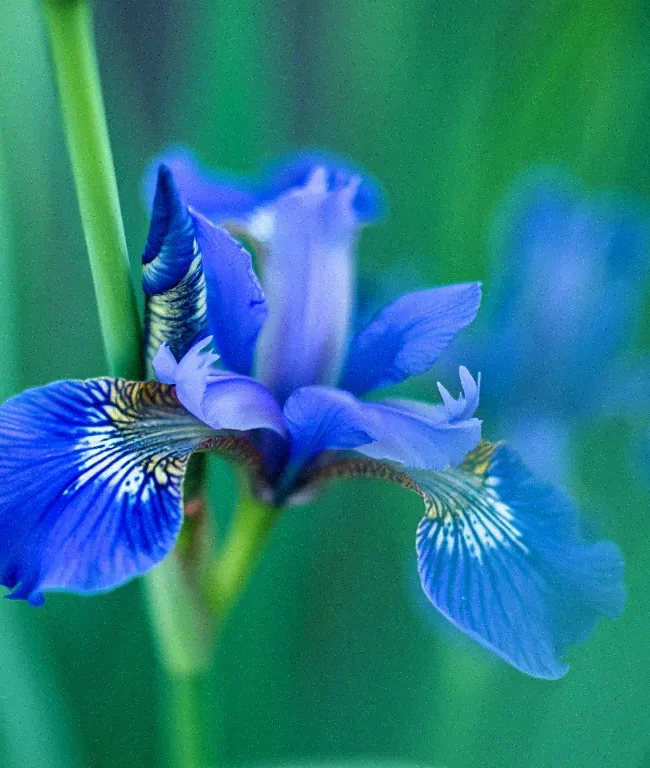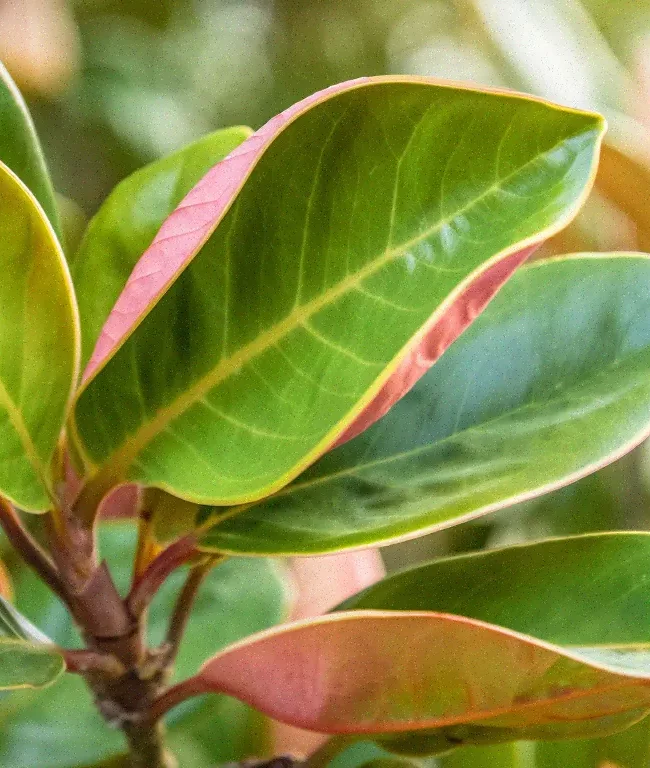
Natural Black Pepper Oil in Modern Perfumery
Major Finding
Natural black pepper oil (Piper nigrum) is NOT “drastically limited” under current IFRA standards and remains unrestricted at 100% usage levels across all product categories, including fine fragrance. The widespread belief about severe restrictions stems from inaccurate information from unofficial sources, while professional perfumers continue using black pepper oil at traditional levels in commercial fragrances.
IFRA Status Reveals Regulatory Misconception
Comprehensive research of official IFRA documentation reveals that black pepper oil faces no direct usage restrictions. Multiple IFRA conformity certificates from certified suppliers confirm 100% usage allowance across all 12 IFRA categories, maintained through the latest 51st Amendment (June 2023). The commonly cited 0.8% restriction originates from The Good Scents Company, which industry experts describe as “often inaccurate.”
Current Regulatory Status
- Fine Fragrance (Category 4): 100% permitted
- All other categories: 100% permitted
- RIFM safety assessment (2019): Established safety profile without specific usage limits
- GRAS status: Generally Recognized as Safe by FDA
The only regulatory considerations involve constituent allergen labeling requirements for limonene, linalool, and eugenol when present above EU threshold levels (0.001% in leave-on products). Professional fragrances routinely use black pepper oil well above the falsely claimed limits – Calvin Klein Contradiction contains 0.2%, while discontinued Extreme Polo Sport used 6% in the fragrance concentrate.
Historical usage in luxury perfumery demonstrates the oil’s safety and effectiveness when properly formulated with appropriate antioxidants to prevent monoterpene oxidation.
Sophisticated Olfactory Profile Spans Woody to Powdery Facets
Natural black pepper oil delivers a complex, sophisticated sensory experience distinctly different from culinary pepper’s pungent bite. The essential oil contains no volatile piperine, creating pure olfactory pleasure without oral irritation.
Woody characteristics dominate the middle and base development, driven by β-caryophyllene (18-28%). This sesquiterpene provides a dry-woody, resinous backbone with subtle clove-like warmth and sophistication. Pinene compounds (α-pinene 4-28%, β-pinene 7-25%) contribute coniferous, cedar-like woody facets, while δ-3-carene (6-22%) adds dry, turpentine-tinged woody texture reminiscent of juniper or cedar trivets.
The spicy profile delivers warmth without heat – sharp, dry-spicy character from sabinene (11-13%) creates authentic pepper sensation, while the overall spice quality remains refined and sophisticated rather than crude or overpowering. This makes black pepper oil uniquely suitable for luxury applications where culinary associations would be inappropriate.
Green freshness emerges prominently in the opening through limonene (10-38%), providing citrusy-fresh brightness and energizing lift. This creates excellent diffusion and immediate recognition while maintaining sophistication throughout development.
Powdery dry-down qualities manifest as distinctly dry rather than cosmetic powder – a warm, dusty, subtly earthy character that adds textural complexity without heaviness. The base develops subtle smoky and slightly animalic undertones that enhance sensuality without crudeness.
Volatility progression: Opens with fresh, terpenic brightness (15-30 minutes), evolves into warm woody-spicy heart (30 minutes-3 hours), then settles into tenacious woody base with fixative qualities lasting over 40 hours on blotters.
Synthetic Alternatives Leverage Key Molecules and Accords
Modern synthetic black pepper alternatives center on rotundone, the molecule responsible for authentic pepper sensation. While rotundone itself isn’t commercially available as pure compound, it’s naturally present in Cypriol/Nagarmotha essential oil (Cyperus rotundus), making this a crucial component for synthetic recreations.
Poivrol® (Symrise) represents the primary commercial synthetic, offering aromatic pepper character with woody, laurel leaf nuances. Used at 0.5-10% in finished products, it provides excellent tenacity and burning effectiveness for candle applications while delivering authentic pepper top notes.
Pepperwood (Givaudan) – a linalool derivative – contributes bright, diffusive pepper character with flowery, rosy undertones. This captive molecule appears in high-end fragrances like Tom Ford Venetian Bergamot and Etat Libre d’Orange compositions.
Akigalawood® (Givaudan captive) represents perhaps the most sophisticated synthetic approach – a complex mixture of oxidized patchouli sesquiterpenes created via laccase enzyme treatment. Containing natural rotundone and rotundol, it delivers primarily peppery-aromatic character with secondary woody, oud-like nuances. Featured prominently in Comme des Garçons Black Pepper and Amouage compositions.
Professional Accord Examples
- CdG Black Pepper structure: High-quality black pepper oil enhanced with Akigalawood, cedarwood varieties, tonka beans for smoothness, and musk accords
- Fraterworks Akigala recreation: 39% Patchouli Indonesia, 10% Patchoulol, 4% Black Pepper, plus supporting woody and spicy components
Supporting synthetic molecules include isobutyl quinoline variants for leathery depth, bisabolene for fixative qualities, and various caryophyllene derivatives for woody-spicy backbone reinforcement.
Custom Accord Components Enable Precision Formulation
For perfumers seeking to construct custom black pepper accords, specific IFRA-compliant synthetic molecules can recreate each olfactory facet with precision and consistency.
Woody facet construction: β-Caryophyllene (CAS 13877-93-5) provides the essential woody-spicy backbone at 5-8% in concentrates, offering the same dry, resinous character found in natural black pepper oil. Cedramber (2-10%) and Caryophyllene Acetate (1-5%) enhance woody depth while providing fixative qualities.
Spicy character development: Sabinene (CAS 3387-41-5) at 2-3% delivers authentic peppery bite – the same bicyclic monoterpene naturally present in black pepper pericarp. Eugenol (1-5%) provides smooth warm spice, while Methyl Diantilis (1-3%) offers gentler spice alternatives.
Fresh green aspects: Limonene up to 25% (with IFRA peroxide requirements) recreates the citrusy-fresh lift, while α-pinene (5-8%) and β-pinene (3-10%) contribute fresh coniferous, forest-like brightness. δ-3-Carene (2-5%) enhances green freshness with sweet citrus-pine character.
Powdery dry-down effects: Cashmeran (3-8%) provides soft, musky-woody cashmere-like texture, while Coumarin (1-3%) smooths rough pepper edges with sweet, powdery hay-like qualities.
Recommended Basic Accord Structure
- Woody base: β-Caryophyllene (5-8%) + Cedramber (3-5%)
- Spicy heart: Sabinene (2-3%) + Eugenol (1-2%)
- Fresh top: Limonene (8-12%) + α-Pinene (5-8%)
- Powdery dry-down: Cashmeran (3-5%) + Coumarin (1-2%)
Key suppliers include The Good Scents Company for technical data, Scentspiracy for high-quality materials, and industrial suppliers like Moellhausen and Vigon International for larger quantities. All recommended components maintain IFRA compliance when used within specified limits, with particular attention required for limonene peroxide values (must be <20 mmol/L) and terpene oxidation prevention through antioxidant addition.
Conclusion
Natural black pepper oil remains a viable, unrestricted ingredient for modern perfumery, despite widespread misconceptions about regulatory limitations. Its sophisticated olfactory profile – spanning woody, spicy, green, and powdery facets – makes it irreplaceable for luxury applications requiring authentic, refined spice character. While synthetic alternatives using rotundone-containing naturals, Poivrol, and custom accord combinations can achieve excellent results with superior consistency and cost-effectiveness, natural black pepper oil continues providing the gold standard for sophisticated pepper effects in fine fragrance. Professional perfumers can confidently use either approach, selecting based on creative vision, budget constraints, and desired performance characteristics rather than imaginary regulatory restrictions.




